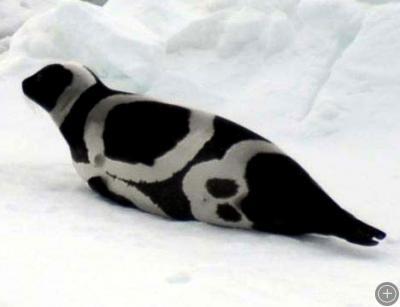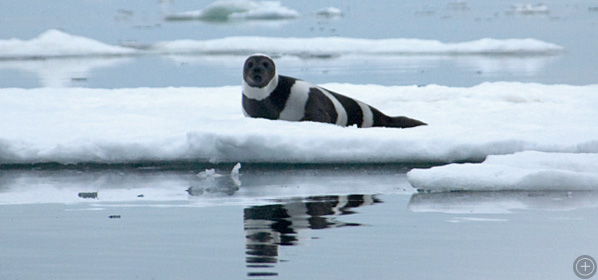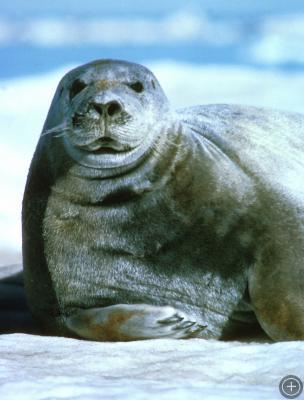Arctic Seals
The Arctic is home to several unique—and uniquely beautiful—seal species: ribbon seals, bearded seals, ringed seals, spotted seals, harp seals, and hooded seals. These Arctic species are called ice seals because they spend the bulk of their lives on or near sea ice.
After the dramatic melting that occurred in 2007, researchers are especially interested in learning more about ice seals, and how dwindling sea ice may impact them. Says biologist Brendan P. Kelly from the University of Alaska Southeast, “We’re quite anxious to try to understand more about the life history of these animals and how they use the sea ice environment before we lose summer sea ice entirely.”
Several Arctic seal species are currently under consideration for listing under the Endangered Species Act. Concern is greatest for ribbon seals, which occupy the outermost edges of sea ice, near deep water, and are most likely to be affected by loss of habitat if sea ice continues to shrink as predicted.
But deciding if and how ice seals are being affected by melting sea ice is trickier than it sounds. Vast distances, ferocious weather, and the seals’ aquatic lifestyle make them difficult to find, study, and count accurately—difficult, but not impossible.

Ribbon seals’ unique coloring patterns– always featuring four large, white markings–are not fully developed until the seals reach four years of age.
Using Coast Guard vessels equipped with helicopter launching pads, researchers from the National Marine Mammal Laboratory (NMML) are working to count and monitor ice seals. Assisted by native seal hunters, they fly over swaths of sea ice, taking a steady series of photos that can later be studied to identify and count seal species.
These researchers have also caught and tagged a dozen or so ribbon and spotted seals with temporary monitors that track behavior such as diving, feeding, and “hauling out” (times when a seal hauls out of the water to rest on ice or land).
Researchers capture seals for tagging using remotely triggered nets at the seals’ breathing holes; to help locate these breathing holes, one research team uses the sensitive nose of a trained Labrador retriever.
Data from population surveys will play heavily in deciding whether or not to list ribbon and other seals as threatened or endangered. This designation is hotly political, because it would limit development—in particular, new oil drilling projects—in the Arctic seas where seals dwell and feed.















